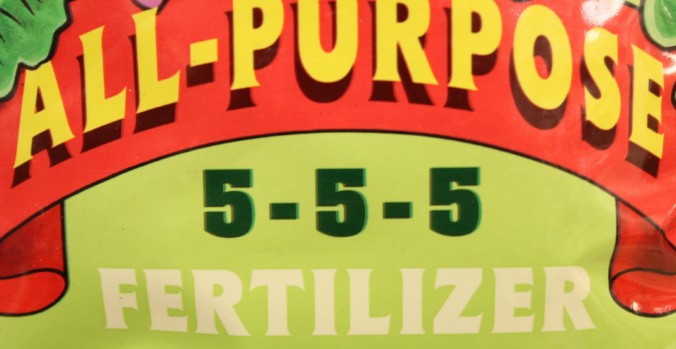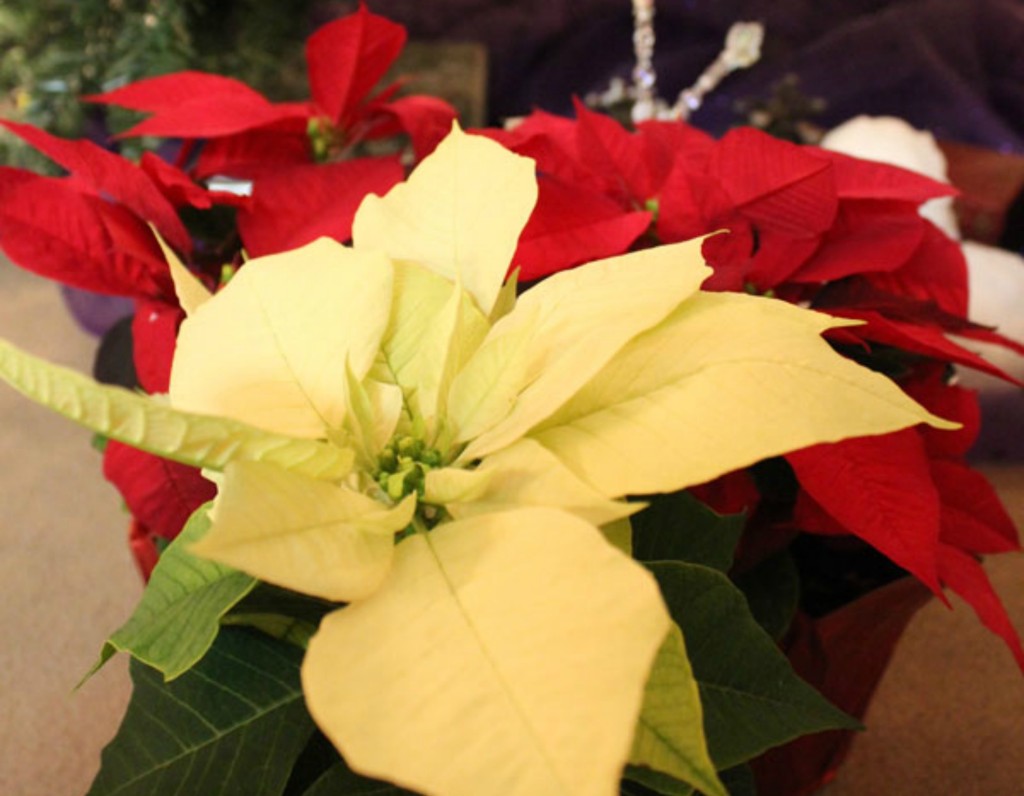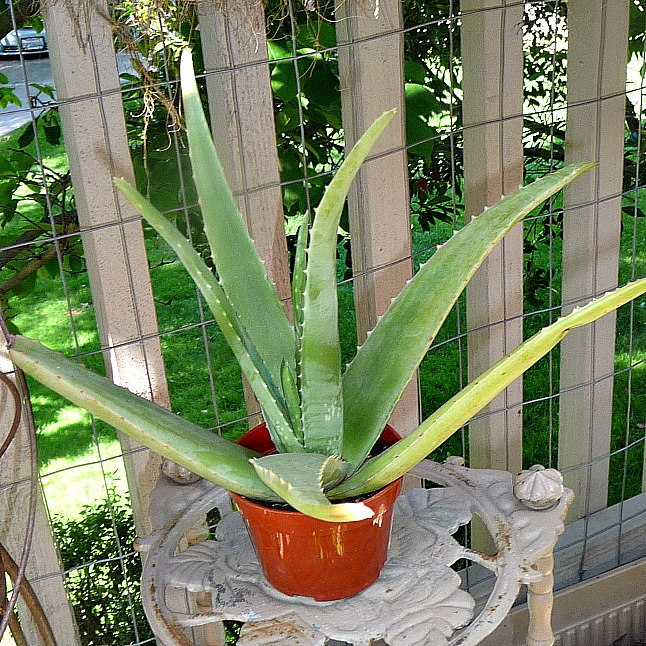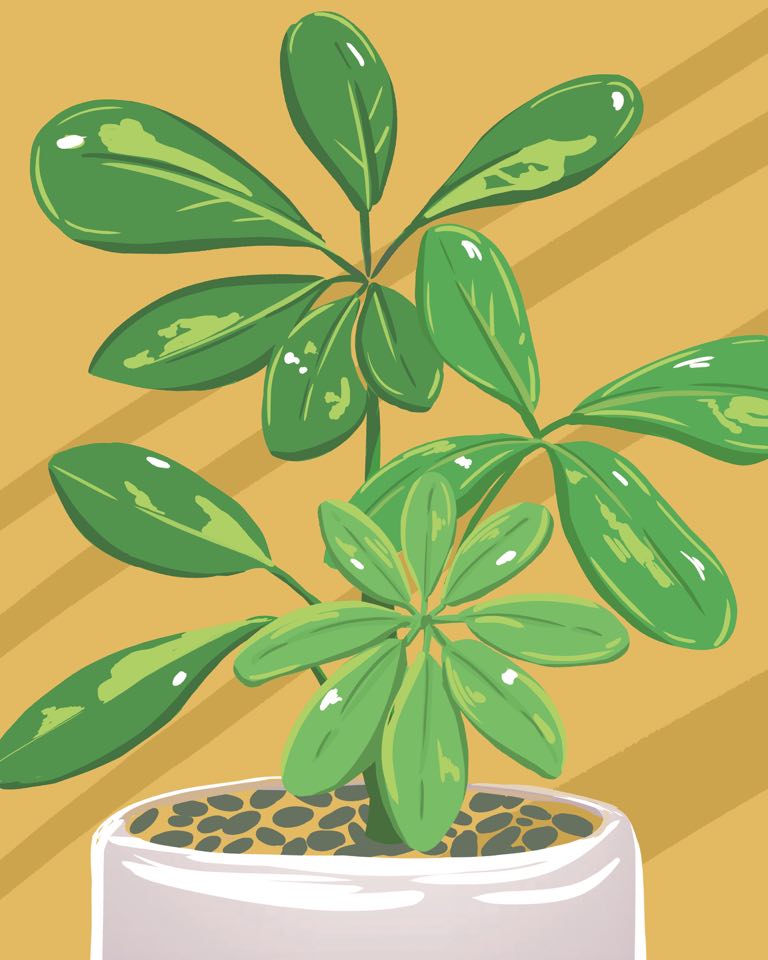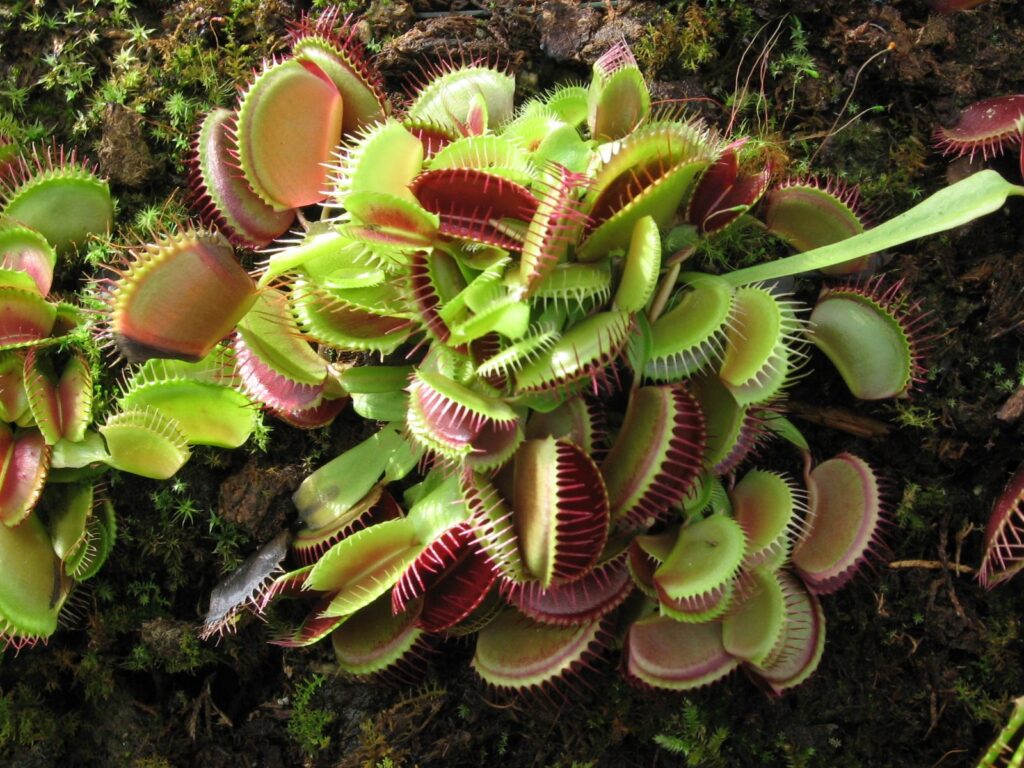Fertilizers
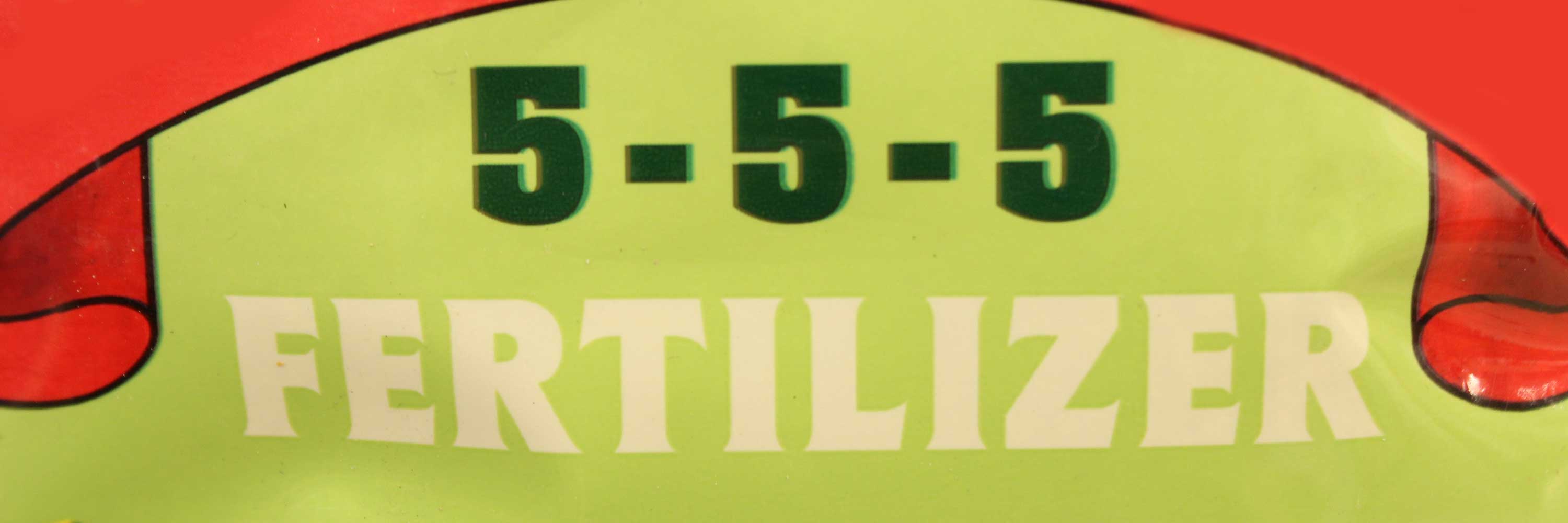
Plants need nutrients to grow, but understanding how much and which type of fertilizer to use can be overwhelming. There are various types of fertilizer available for sale with descriptions like “complete,” “organic,” or “all-purpose,” as well as soil amendments like compost and composted manure.
Do you Need to Use Fertilizer in your Garden?
Grasscycle your Lawn
In an ecosystem, nutrients are continuously recycled through the soil, air and water. In a garden, nutrients can be recycled by composting. Compost, composted manure and grasscycling are considered “slow release” fertilizers and are also called “soil amendments.” Many gardeners use only these types of fertilizer.
Fertilizers Defined
Organic fertilizers
Organic fertilizers are byproducts of living organisms and usually contain many plant nutrients in low concentration. Fertilizer examples include fish emulsion, bone meal, blood meal, kelp (seaweed) and manure.
Slow release fertilizers
Slow release fertilizers stay in the soil for a longer period of time than quick-release fertilizers.
Complete fertilizers
Complete fertilizers have nitrogen, phosphorus and potassium, i.e. 10-10-10.
“All-purpose” fertilizers
“All-purpose” fertilizers are for general use, for example, an “all-purpose” houseplant fertilizer may be used on most houseplants, (always read directions).
“Synthetic” or “inorganic” fertilizers
“Synthetic” or “inorganic” fertilizers (like ammonium nitrate): are quick-release, highly concentrated fertilizers that can harm plants if over-applied.
Macronutrients
Macronutrients are nitrogen, phosphorus, potassium, magnesium, calcium, sulfur.
Micronutrients
Micronutrients are boron, copper, zinc, molybdenum, manganese, and iron.
Fertilizers and Nutrition
Plants need 16 essential nutrients to grow. Of the 16, nitrogen, phosphorus and potassium (macronutrients) are needed in the largest amounts. These three fertilizers are listed on containers in that order.
Nitrogen is needed for green plant growth and is commonly applied to lawns (example 30-0-0). It’s important to remember that nitrogen is a common groundwater pollutant. To avoid adding to groundwater pollution, follow directions on fertilizer packaging or consider grasscycling. Never add extra nitrogen to the soil as this causes quick, lush growth that attracts insects and results in more maintenance (you’ll need to prune or mow more often).
Acidic Soil vs. Basic Soil
In some eastern states of the U.S., gardeners easily grow plants like azaleas, camellias and blueberries with naturally acidic (or low pH) soils, while gardeners in western states struggle to grow these same plants. The best way to garden is to work with your soil and not try to change it. If you absolutely adore a specific plant that needs a low pH soil, keep it in a pot and give it the recommended amount of fertilizer. Otherwise look for other plants that do well in your soil type and climate. Local nurseries and garden centers are great places to start.
Other Fertilizers & Soil Testing
Beware of advice recommending you to add a product to “sweeten” your soil or to reduce hardpan. There is much confusion amongst gardeners concerning the use of some soil amendments, especially calcium and lime. Often gardeners add chemicals to the soil and unknowingly throw off the balance between nutrients.
Before adding anything extra to your soil, use a soil test kit first to discover the amount of nutrients in your garden. Most soil test kits will only test for nitrogen, phosphorus and potassium levels. Testing your soil for a complete nutrient panel is usually costly and in most cases unnecessary and would likely need to be done by shipping soil samples to a company.
In many cases, overwatering is the reason plants appear unhealthy and you may not need to add any products to your garden soil, although mulch is always beneficial.
